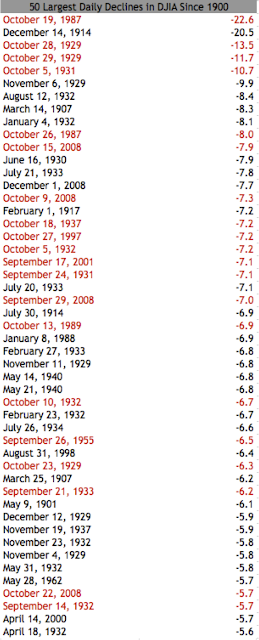One of the main reasons that our economy feels so stagnant is that our economic policies are focused on maximizing the wrong economic indicator. We fixate on GDP growth, when in actuality this is the second derivative of what really matters for economic well being: wealth.
Wealth is most important because wealth is the key determinant of how much one can consume. Wealth is distinctly different from income. A person with a high net worth and no income is generally better off than a person with a high income and no net worth. Income is important because it controls the pace at which wealth growths, but our ultimate economic goal as individuals is maximization of wealth and by extension, consumption.
In an economic sense, GDP is an income measure (even more accurately a revenue measure). As an income measure, GDP itself (i.e. $15T) is the growth measure. If all of GDP were saved in a year, wealth would grow by $15T per year.
As a society we follow GDP, but we are even more concerned with GDP growth (for example 3%). This is mostly misguided because it is the second derivative of what we actually should care about. GDP growth measures the pace at which the growth of your wealth is growing. It is an acceleration measure.
In physical terms, wealth, GDP and GDP growth are akin to position, velocity and acceleration. If you are trying to reach a destination, who cares if you are going fast and headed faster in the wrong direction?
In an economic sense, GDP is an income measure (even more accurately a revenue measure). As an income measure, GDP itself (i.e. $15T) is the growth measure. If all of GDP were saved in a year, wealth would grow by $15T per year.
As a society we follow GDP, but we are even more concerned with GDP growth (for example 3%). This is mostly misguided because it is the second derivative of what we actually should care about. GDP growth measures the pace at which the growth of your wealth is growing. It is an acceleration measure.
In physical terms, wealth, GDP and GDP growth are akin to position, velocity and acceleration. If you are trying to reach a destination, who cares if you are going fast and headed faster in the wrong direction?
If our intended economic destination is the maximization of wealth, we as a society have been failing miserably. The charts below measure the aggregate net worth of US households: Assets-Liabilities. Two major factors are left off of the headline number which are added back into these charts: 1) Federal Government Debt, which Ricardian equivalence argues is a direct liability on the household balance sheet 2) Inflation adjustment.
When one adds government debt and the declining value of the dollar back into the picture, the outcome is bleak. There has been no increase in real household net worth since 1999. If one adjusts the chart further for a per capita number it takes real household net worth back to 1997 levels. Worst of all if we include the very real but unfunded liabilities of Social Security and Medicare (someone has to pay for these programs if not the government), household net worth all but vanishes.
We have been failing to increase wealth because our economic policies have been designed deliberately to destroy it in order to pursue GDP growth. Low interest rates and large deficits are policies that force more debt and inflation in order to generate GDP growth. These policies can stoke economic activity, but do so in a way that directly restricts the accumulation of wealth by actively combating what has already been saved. Negative real interest rates are by definition wealth decaying. Debt wasted on an unproductive asset is similarly harmful to net worth. The above chart implies that over the last 12 years these wealth destructive policies have wiped out all of the GDP produced during the period. Thus our aggregate net worth has remained flat.
Our current policies are the equivalent of declaring economic war on one's self--like tearing down a perfectly good home in order to rebuild it. The rebuilding of the home contributes to GDP for the period, but did it make the dweller any better off? Destroying and rebuilding valuable assets doesn't increase wealth it destroys it.
Our current policies are the equivalent of declaring economic war on one's self--like tearing down a perfectly good home in order to rebuild it. The rebuilding of the home contributes to GDP for the period, but did it make the dweller any better off? Destroying and rebuilding valuable assets doesn't increase wealth it destroys it.
Why do we as a society continue to push our foot to the gas pedal trying to go as fast as we can in the wrong direction? What is the value of producing one more widget per year if we destroy two saved widgets in order to do so? When will these destructive and misguided economic policies end? Sadly, it probably wont be with any official running for office today.

































